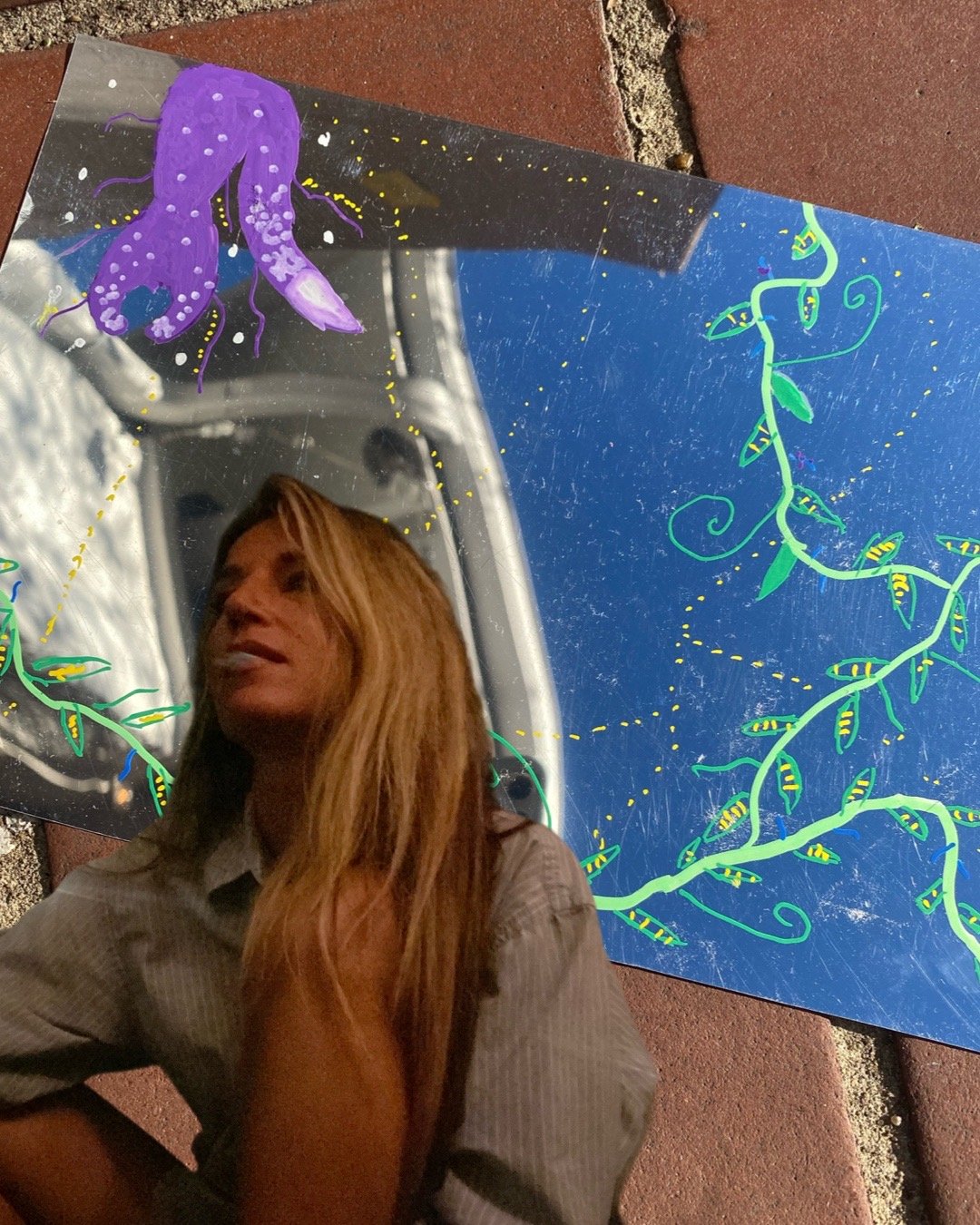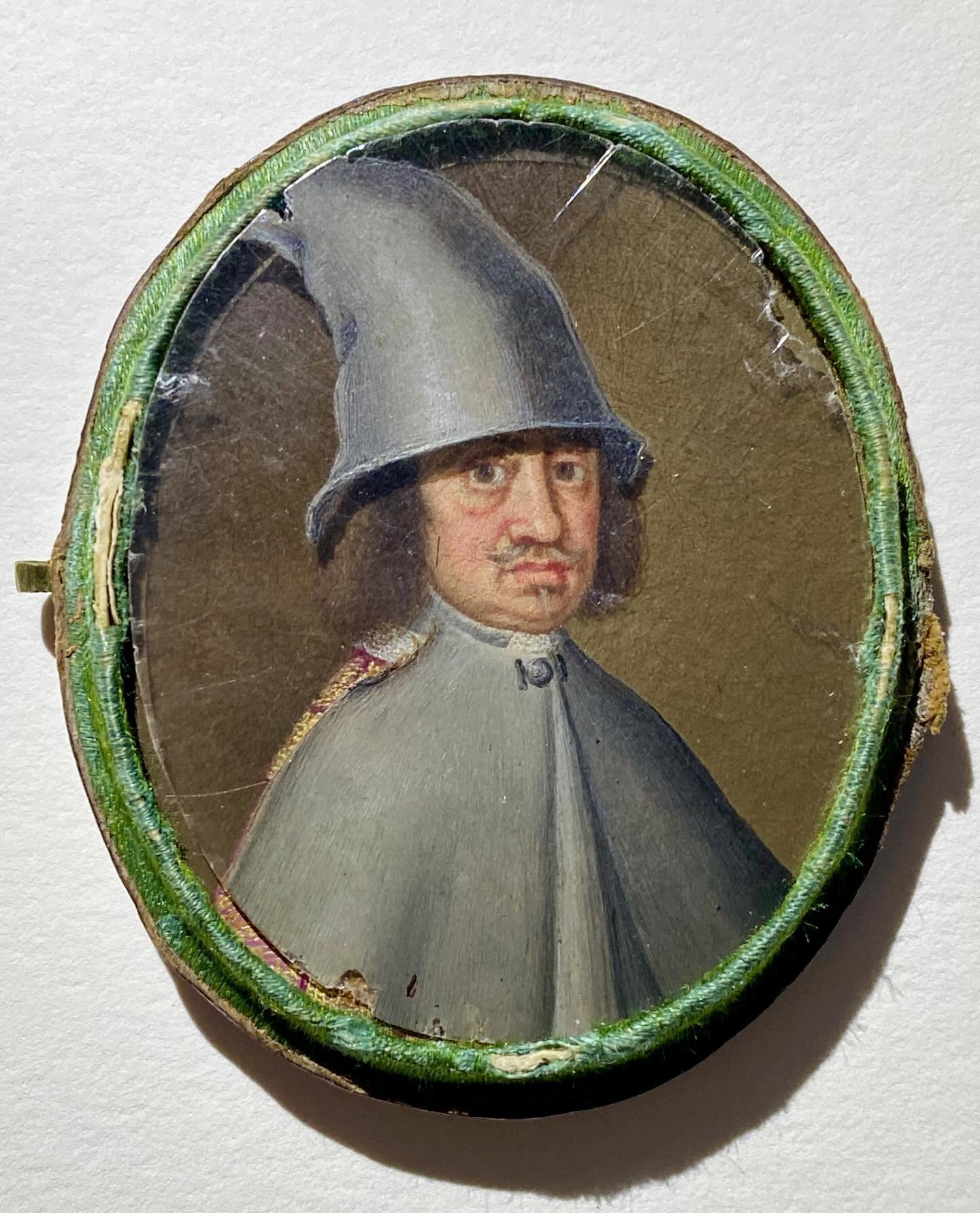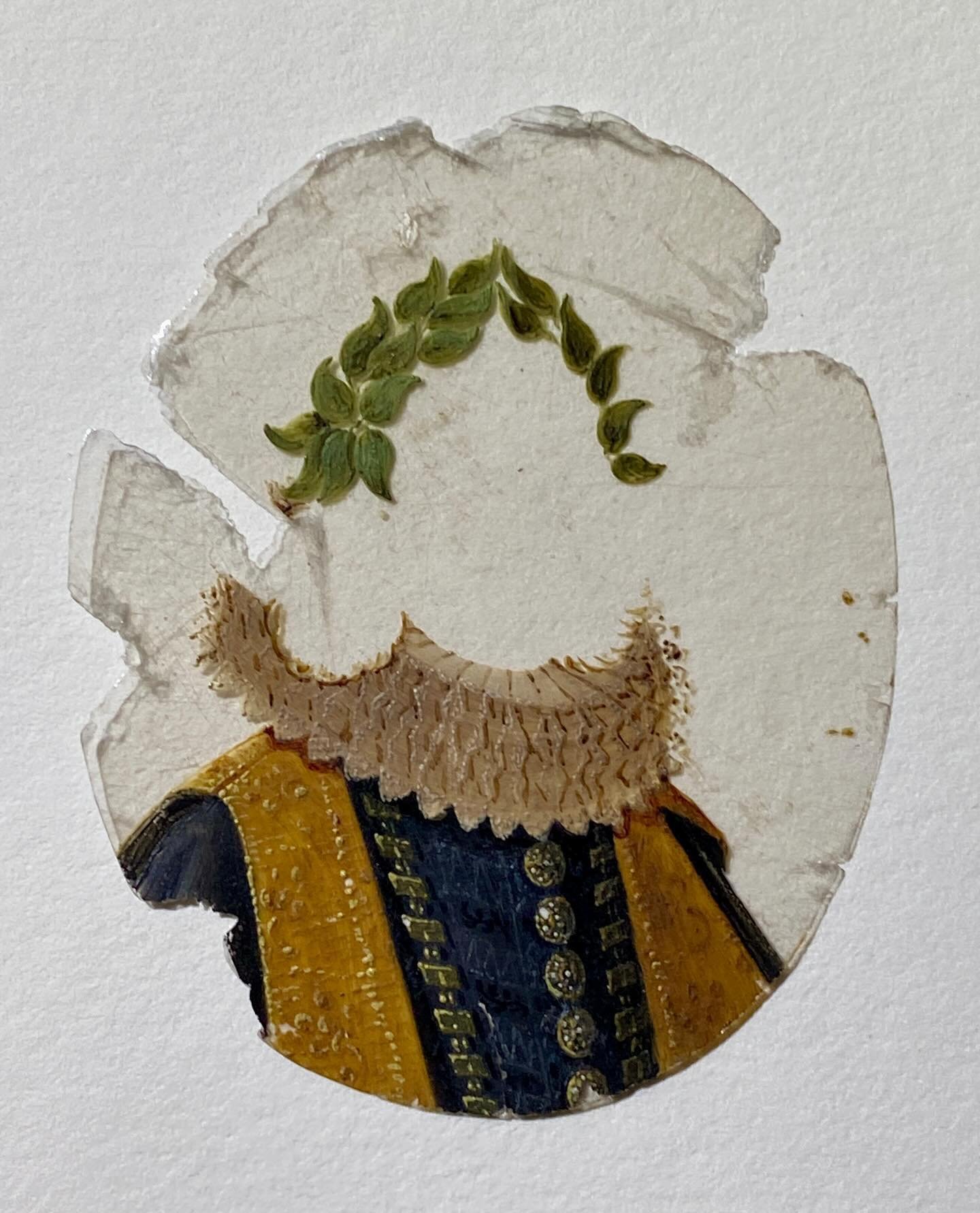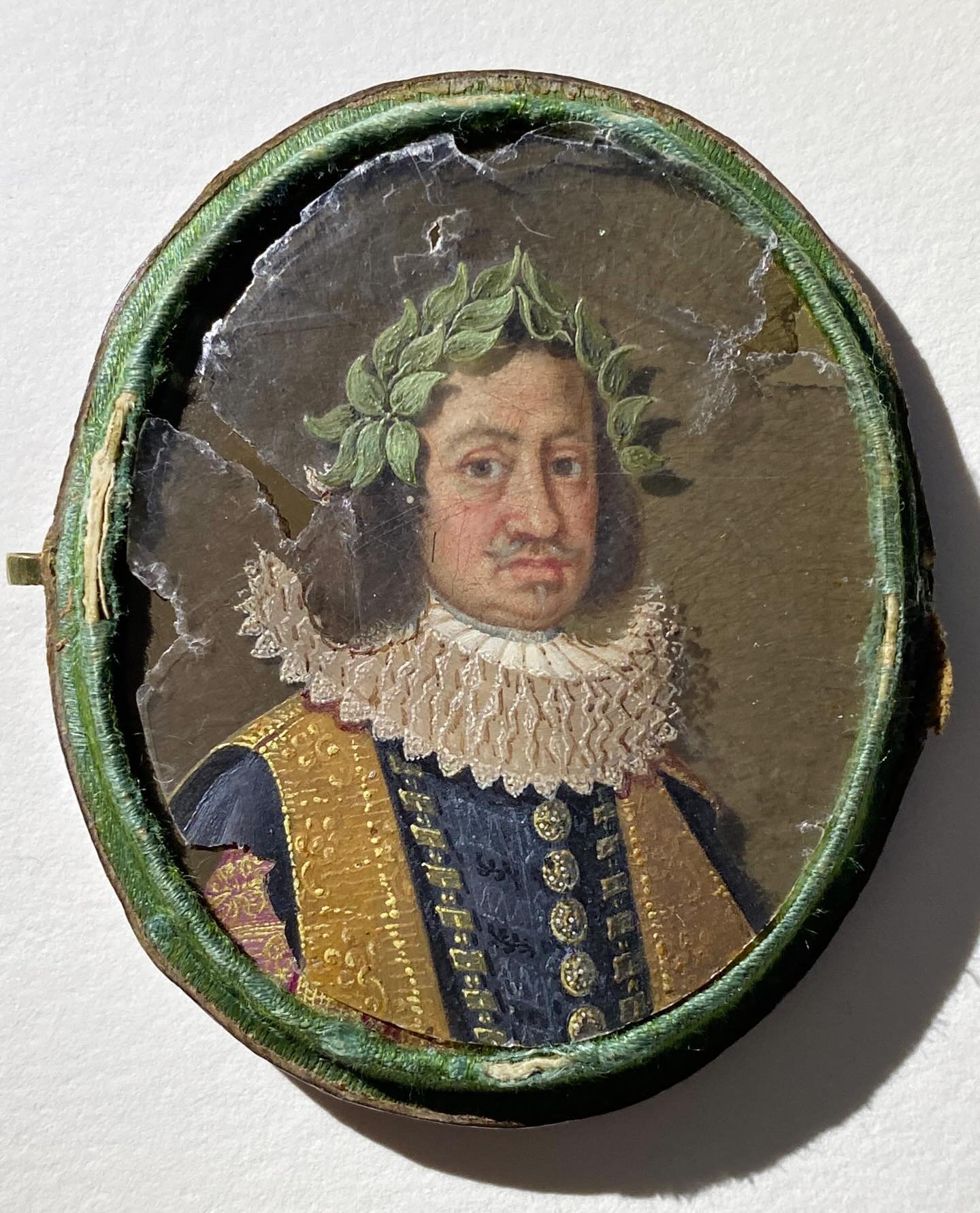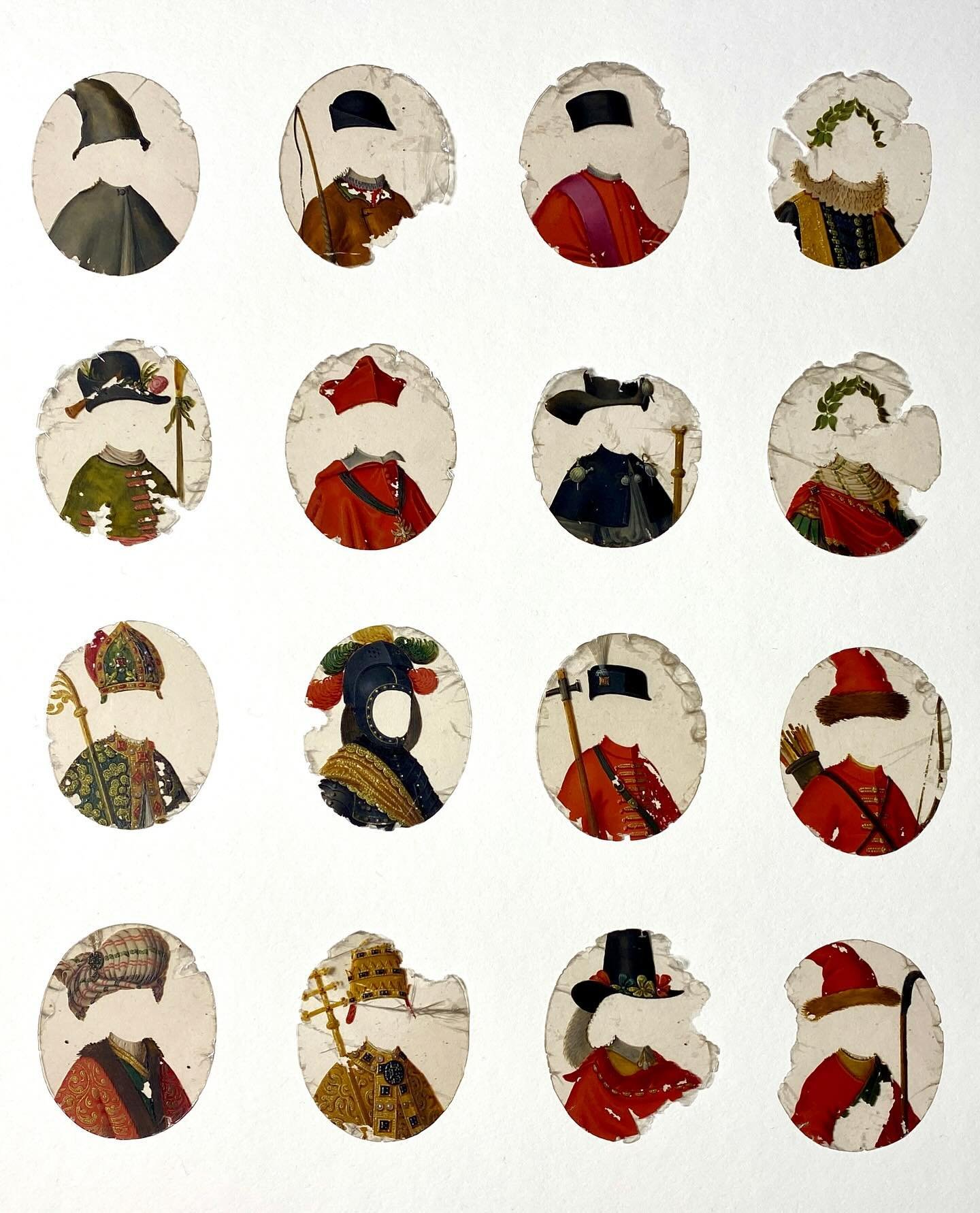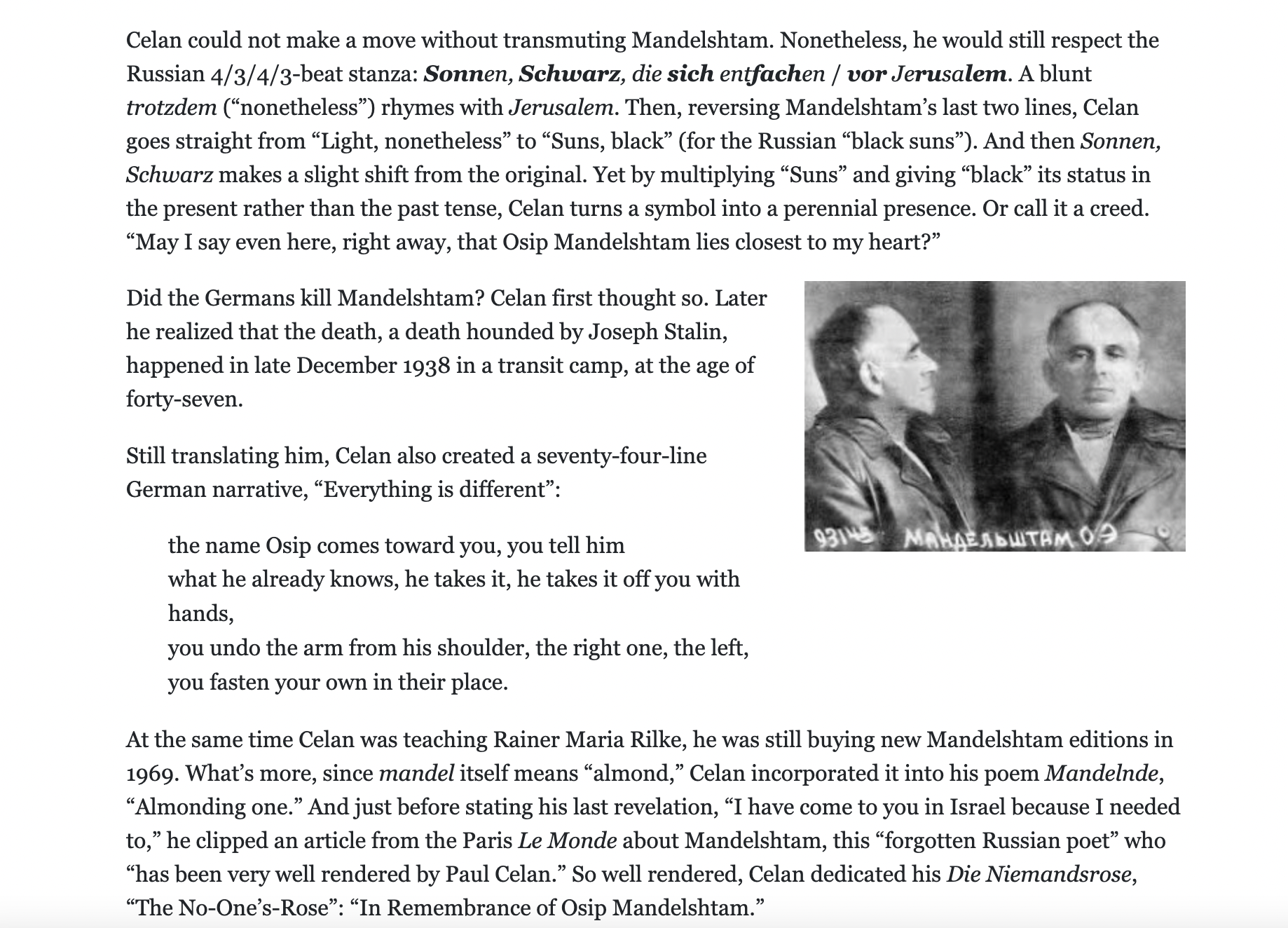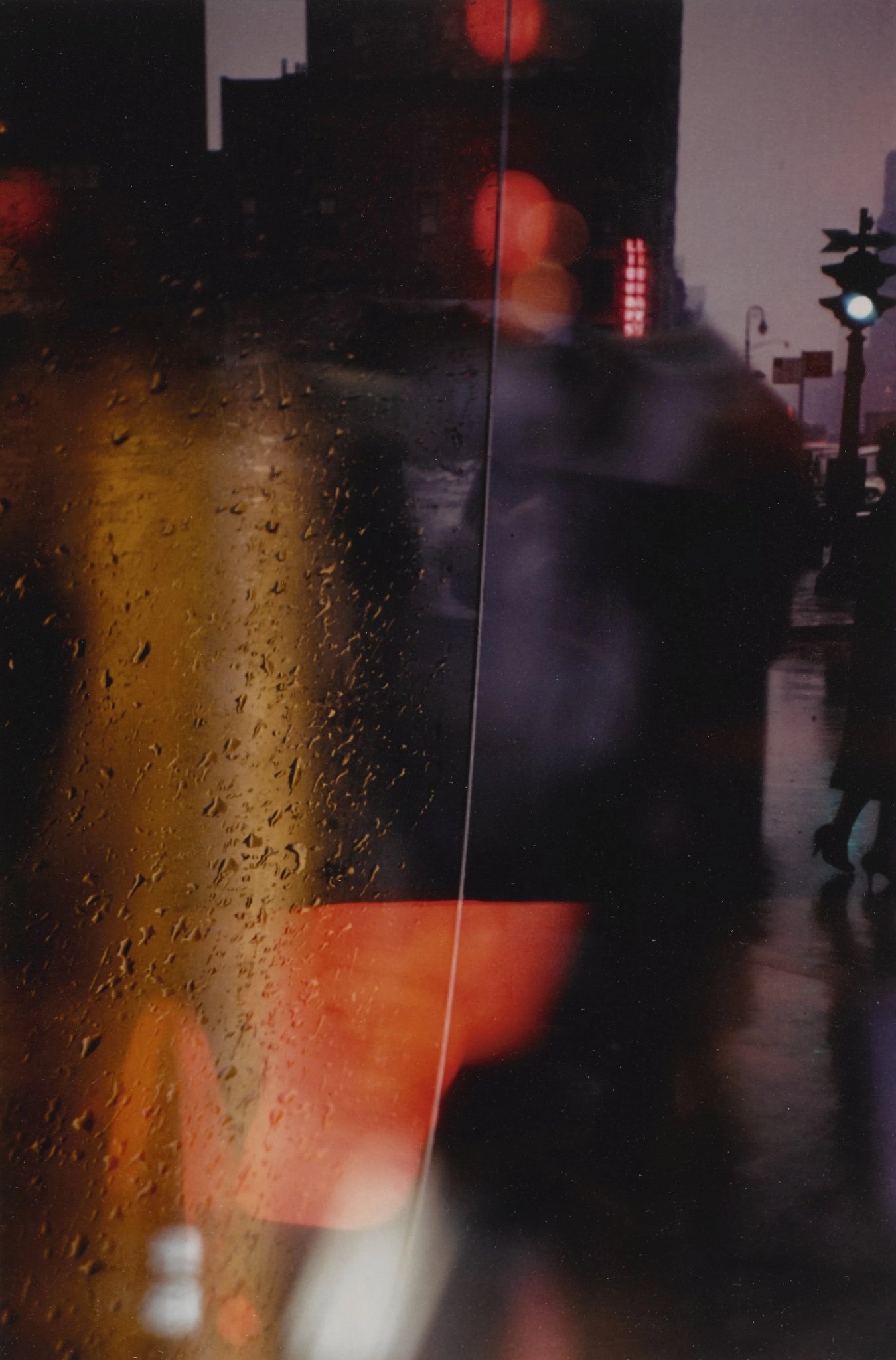Wherein all the bolded sentences below come from a single paragraph in Francois Delaporte’s Anatomy of the Passions—
From “Living with Ghosts” in e-flux index, vol. 1
“By the frank laugh, a person expresses, without wanting to, something that he or she could never say.”
The “frank laugh” pins its star to the possibility of recognition—- the belief that one can identity “frankness” when it appears. The frank laugh, on this reading, is haunted by the unsayable thing.
Henrik Ibsen disliked the way his play’s title was translated to “Ghosts” in English.
The original title, Gengangere, can be translated as "again walkers", "ones who return", or "revenants". It has a double meaning of both "ghosts" and "events that repeat themselves.”
[Could never say. . . as in; every inhibition has its proscription.]
“A joyous behavior without any joy the case arising precisely from electrical simulation is doubly impossible, because the person does not command the contraction of the inferior palpebral orbicular, and because he cannot say what is, by its very essence, unsayable.”
Could never precisely or doubly ‘command the contraction.’
Could not say which smile is being performed without electric shock to LIGHT IT UP.
A lightbulb.
Henry David Thoreau and the Aeolian mode:
“At a sufficient distance over the woods this sound acquires a certain vibratory hum, as if the pine needles in the horizon were the strings of a harp which it swept. All sound heard at the greatest possible distance produces one and the same effect, a vibration of the universal lyre, just as the intervening atmosphere makes a distant ridge of earth interesting to our eyes by the azure tint it imparts to it. . . . The echo is, to some extent, an original sound, and therein is the magic and charm of it. It is not merely a repetition of what was worth repeating in the bell, but partly the voice of the wood; the same trivial words and notes sung by a wood-nymph.”
Speaking of Thoreau, as Charles Ives does in his essay on the fourth movement of Concord Sonata: "Throughout Walden, a text that he is always pounding out is ‘Time’."
“A joyous behavior without any joy the case arising precisely from electrical simulation is doubly impossible . . . because he cannot say what is, by its very essence, unsayable.”
Esse es percepi: the baby blanket that doesn’t cover the legs of a fully-grown human.
Find a way to make the binkie amenable to the present body.
Or find another word for the contagious electric, the thing Danielle Dutton evokes in Prairie, Dresses, Art, Other (Coffeehouse Press):
“There is always a silence at the center of this kiss, a peculiar moment when the paintings turn us back to the writing or the writing to the paintings with something left unsaid.”
The essence of the thing left unsaid is the unsayability. And Derrida is loving this.
“The springing forth of expressive force and its constraining character carry no symbolic determination.”
Shapelessness is so important to Duchenne’s theory of the smile and the expression. The unshaped is unsayable because it has no edges.
Charles Ives brings an apple to the circular gesture of aesthetics wherein preference is hitched to the beautiful, the terrific, the significant: “But personally, we prefer to go around in a circle than around in a parallelepipedon, for it seems cleaner and perhaps freer from mathematics; or for the same reason we prefer . . . a healthy to a rotten apple—probably not so much because it is more nutritious, but because we like its taste better.”
But what if we climb inside the parallelepipedon? Maybe it is “healthier.”
— Ives grows quite dear to me at this point in his rant:
We like the beautiful and don't like the ugly; therefore, what we like is beautiful, and what we don't like is ugly—and hence we are glad the beautiful is not ugly, for if it were we would like something we don't like. So having unsettled what beauty is, let us go on.
We like what we like and isn’t it lovely to circle ourselves liking it?
“Only reflex actions realize the mechanism of the expressive act.”
Mechanism is a form of familiarity: the machine of the body responds within given parameters as determined by normalcy. The regime of the normal includes an affective register that is part of the regimen.
In 1921, in an “Epilogue,” Charles Ives considered the future of American music in relation to the urge for definitiveness.
In some century to come, when the school children will whistle popular tunes in quarter-tones-when the diatonic scale will be as obsolete as the pentatonic is now°— perhaps then these borderland experiences may be both easily expressed and readily recognized. But maybe music was not intended to satisfy the curious definiteness of man.
Maybe it is better to hope that music may always be a transcendental language in the most extravagant sense. Possibly the power of literally distinguishing these "shades of abstraction" — these attributes paralleled by "artistic intuitions" (call them what you will) — is ever to be denied man for the same reason that the beginning and end of a circle are to be denied.
For Ives, the question of sincerity was complicated by what we could not know. And he follows Emerson in this view that the limits of sincerity are set by language. The insincere is a manner of speaking rather than a condition of being.
In Emerson’s words:
How sincere and confidential we can be, saying all that lies in the mind, and yet go away feeling that all is yet unsaid, from the incapacity of the parties to know each other, although they use the same words!
My companion assumes to know my mood and habit of thought, and we go on from explanation to explanation until all is said which words can, and we leave matters just as they were at first, because of that vicious assumption.
We don’t know much of each other—despite speech. Despite talking. Despite the increasingly-taut boundaries established by the social scripts of therapeutic discourse. We are just trying to fit in. To fit into it.
“Physiognomy presents an authentic expression when, and only when, the organism gives birth to the image of an emotion that it is impossible to mime.”
Giving birth.
A new time.
A new man.
Anew-ing . . . the newness.
“Moonlight is sculpture; sunlight is painting.” ― Nathaniel Hawthorne
The organism gives (which is to say, “gifts” or “offers”) birth to the image of an emotion that is impossible to mime.
The labor of “giving birth” is a gift; the assumption is gifted.
M asks why the mother of a friend is “getting paid to carry a baby”.
“She is carrying the baby for someone else,” I tell her. “She is carrying the fetus inside her body and the labor, in this case, is considered valuable enough to involve renumeration.”
M: “Is that natural?”
ME: “What is Nature?”
IVES: “The study of Nature may tend to make one dogmatic but the love of Nature surely does not.”







